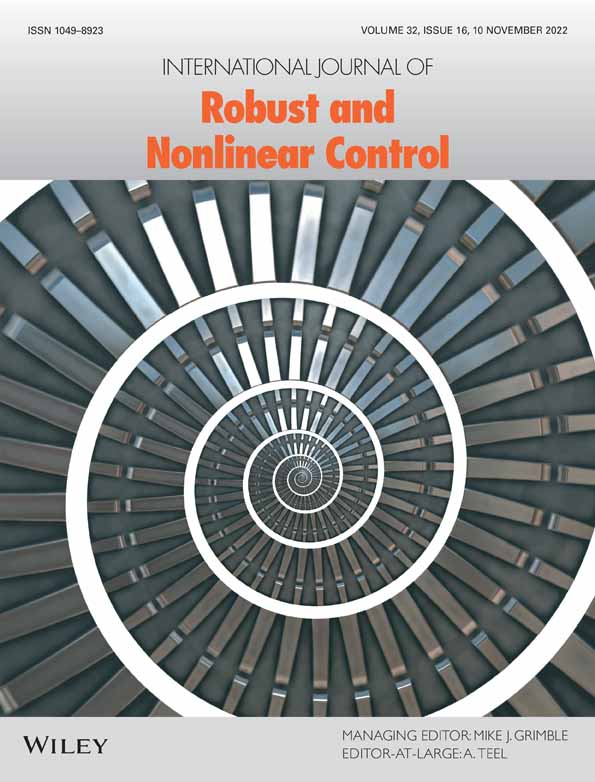Isolation-oriented Lyapunov-based design of simultaneous feedback strategies for disease control of SIQR
Funding information: Japan Society for the Promotion of Science, Grant/Award Number: JP20K04536
Abstract
This article pursues a new approach to the design of feedback control laws mitigating the spread of human infectious diseases. The control inputs of vaccination, isolation, and outing/gathering regulation are derived as the gradient of a positive definite function of all the population variables of the SIQR model. Lyapunov functions in which susceptible and infected populations are decoupled are known to be non-self-sufficient for proving stability of the SIQR model as well as other variants of the SIR model. This fact has been hampering Lyapunov-based control design of infectious disease models. This article demonstrates that a popular decoupled function can still serve as a control Lyapunov function as long as isolation is made state-dependent. Techniques realizing this novel idea are presented and shown to allow the Lyapunov function to establish a robustness guarantee in terms of input-to-state stability with respect to immigration and newborn perturbation on an arbitrarily large domain. The effectiveness of the proposed simultaneous controller is illustrated through numerical simulations performed with a parameter set of COVID-19.
CONFLICT OF INTEREST
The authors declare no potential conflict of interest.
Open Research
DATA AVAILABILITY STATEMENT
The data that support the findings of this study are available from the corresponding author upon reasonable request.




